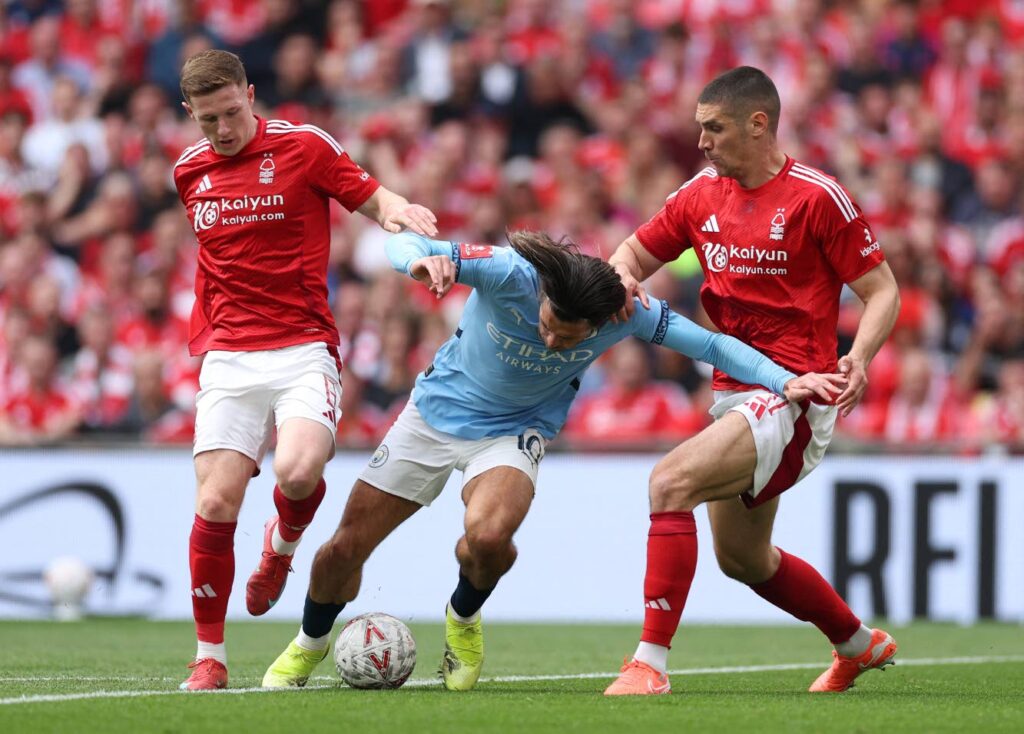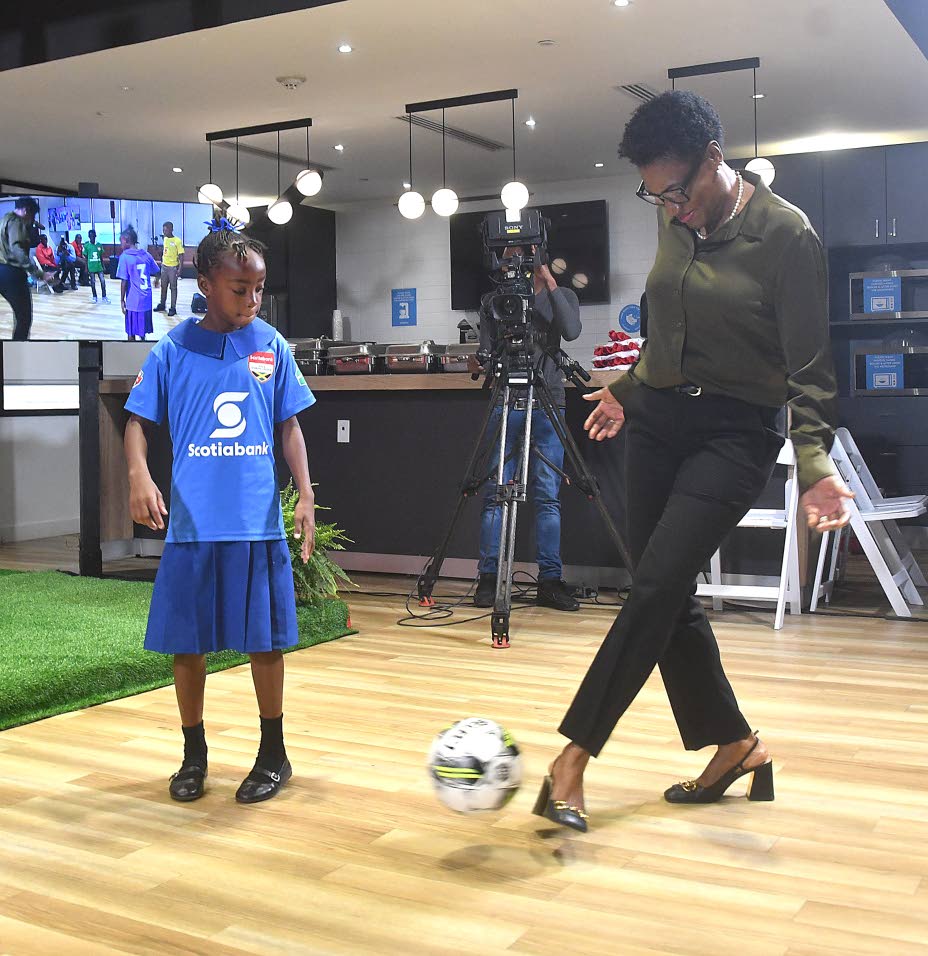Job hunting in the age of AI

DIGITAL platforms have long played a vital role in connecting job seekers with employers. Many rely on platforms like JobStreet, Kalibrr, and LinkedIn to search for opportunities, submit applications, and occasionally receive job alerts. These platforms have served their purpose well — centralizing job listings, automating basic application steps, and helping companies cast a wider recruitment net. Yet as labor markets grow more complex and job seekers more diverse, artificial intelligence (AI) pushes the recruitment industry into a new era.
Currently, platforms like JobStreet offer a range of services, including resume uploads, job filtering based on keywords or location, and alerts for new postings. Kalibrr has leaned into user-friendly onboarding and assessments that match applicants to relevant roles. LinkedIn blends job search with social networking, allowing users to showcase achievements and connect directly with recruiters. Meanwhile, Indeed has become known for its sheer volume of listings and employer reviews. These platforms, while valuable, still rely largely on static inputs, leaving much room for AI to enhance the experience.
Artificial intelligence is changing expectations on both sides of the job market. For job seekers, AI opens the door to more personalized and efficient job discovery. Instead of wading through hundreds of listings, candidates can be matched to roles that align with their skills, career goals, and even learning potential. AI can be developed to analyze not only what is on a resume but also how a candidate compares to previous successful hires for a particular job. This creates the possibility for a more inclusive system, where potential, not just credentials, drives opportunity.
For employers, artificial intelligence can be developed to streamline the recruitment process by reducing repetitive tasks such as initial screening, interview scheduling, and even candidate ranking. Applicant tracking systems, if powered by AI, can note red flags, recommend high-fit applicants, and identify patterns in hiring data that suggest which types of candidates perform best in specific roles. The potential efficiency gains here are substantial, especially for companies that deal with high volumes of applicants or frequent hiring needs.
As the integration of AI into recruitment accelerates, there are several key developments to watch for.
First, job platforms will need to transition from listing-focused tools to career development ecosystems. This means offering more than just a database of openings. The platforms of the future will likely incorporate AI-driven career coaching, skills gap analysis, and guided learning paths to help users qualify for better roles. A job seeker might receive suggestions not just for jobs but also for certifications or micro-courses that improve their chances of success.
Second, we can expect to see more intelligent conversational interfaces. Instead of filling out forms or scanning job boards, users may interact with a chatbot that asks about their experience, interests, and goals, then finds relevant opportunities, schedules interviews, or simulates practice questions. In a mobile-first environment, especially for younger job seekers or those in remote areas, this kind of interaction will feel more natural and accessible.
Third, job platforms will need to localize and personalize in ways that go beyond language or city-based filtering. AI allows for more dynamic mapping of job supply and demand — helping address regional mismatches and connect job seekers to opportunities that may be overlooked by broader platforms. For example, a caregiver in Davao or a tech graduate in Iloilo may be matched with in-demand roles that rarely show up in mainstream platforms optimized for Metro Manila.
Fourth, job matching will become increasingly predictive. Rather than just reflecting the current state of the market, AI will help forecast job trends, identify emerging roles, and guide workers in preparing for them. Platforms will need to offer insights such as "roles you'll qualify for in six months with this training" or "industries that are hiring based on your skill set." This is a profound shift from reactive to proactive job searching.
Fifth, ethics and fairness will come under more scrutiny. As AI influences who gets shortlisted or interviewed, platform developers must ensure that algorithms do not reinforce bias or overlook marginalized groups. Transparency, accountability, and inclusive data practices will become vital components of trust in recruitment platforms.
Finally, despite all the technological progress, human judgment and support remain essential. The best outcomes will come from systems that empower — not replace — HR officers, career coaches, and recruitment professionals. AI should handle the heavy lifting of data processing, allowing people to focus on mentoring, decision-making, and candidate engagement.
Soon, we can expect job platforms to evolve into more intelligent, intuitive, and inclusive systems. The challenge — and opportunity — lies in designing tools that not only help users find work but help them grow into the work they aspire to do. AI will be the catalyst, but the human mission remains: to connect talent with purpose.
What's Your Reaction?
 Like
0
Like
0
 Dislike
0
Dislike
0
 Love
0
Love
0
 Funny
0
Funny
0
 Angry
0
Angry
0
 Sad
0
Sad
0
 Wow
0
Wow
0







































